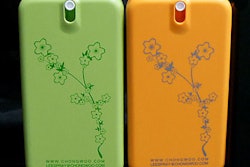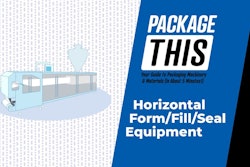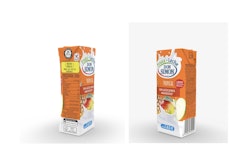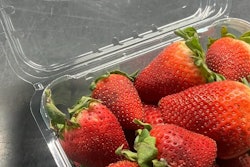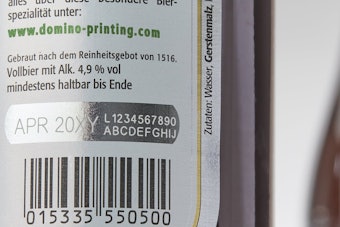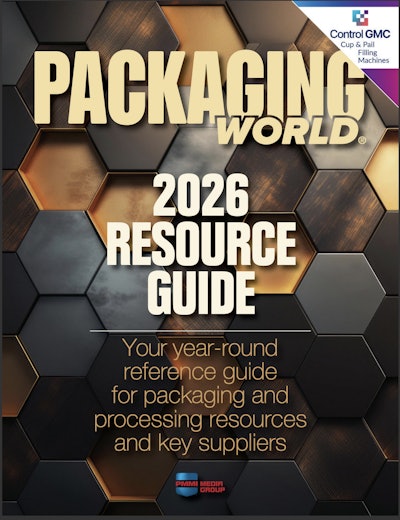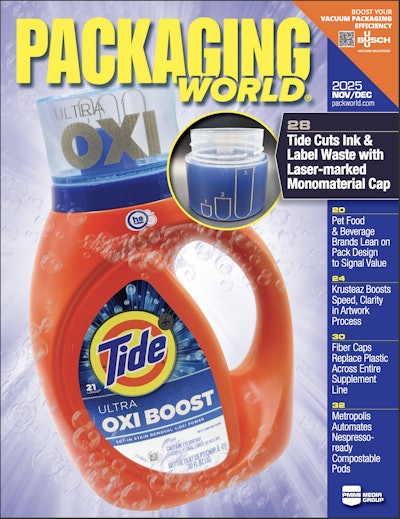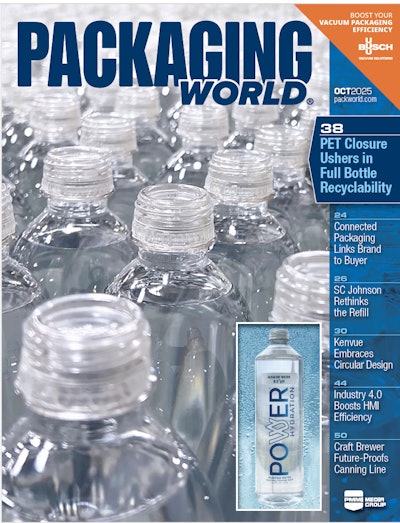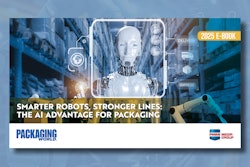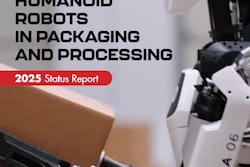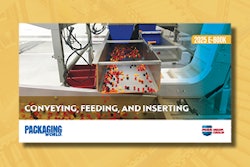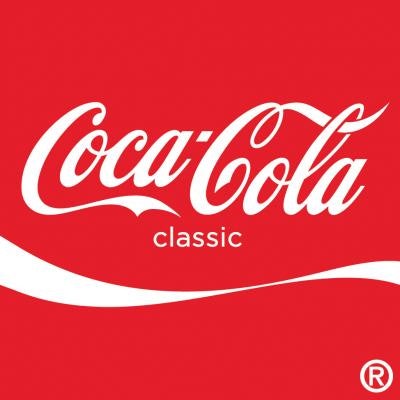
According to information from the company, the new PlantBottle™ is fully recyclable, has a lower reliance on a nonrenewable resource, and reduces carbon emissions, compared with petroleum-based PET plastic bottles.
“The PlantBottle is a significant development in sustainable packaging innovation,” says Muhtar Kent, chairman and CEO of The Coca-Cola Company. “It builds on our legacy of environmental ingenuity and sets the course for us to realize our vision to eventually introduce bottles made with materials that are 100-percent recyclable and renewable.”
Traditional PET bottles are made from petroleum. The new bottle is made from a blend of petroleum-based materials and up to 30% plant-based materials. The PlantBottle is made through a process that turns sugar cane and molasses, a byproduct of sugar production, into a key component for PET plastic. Coca-Cola is also exploring the use of other plant materials for future generations of the PlantBottle.
According to Coca-Cola, manufacturing the new plastic bottle is more environmentally efficient as well. A life-cycle analysis conducted by the Imperial College of London indicates the PlantBottle reduces carbon emissions by up to 25%, compared with petroleum-based PET. The PlantBottle can also be processed through existing manufacturing and recycling facilities without contaminating traditional PET. So, the material in the PlantBottle can be used, recycled, and reused again and again.
“The PlantBottle represents the next step in evolving our system toward the bottle of the future,” says Scott Vitters, director of Sustainable Packaging of The Coca-Cola Company. “This innovation is a real win because it moves us closer to our vision of zero waste with a material that lessens our carbon footprint and is also recyclable.”
Coca-Cola North America will pilot the PlantBottle with Dasani and sparkling brands in select markets later this year and with VitaminWater in 2010. The bottles will be identified through on-package messages and in-store point of sale displays. Web-based communications will also highlight the bottles’ environmental benefits.
Source: Greenerpackage.com




